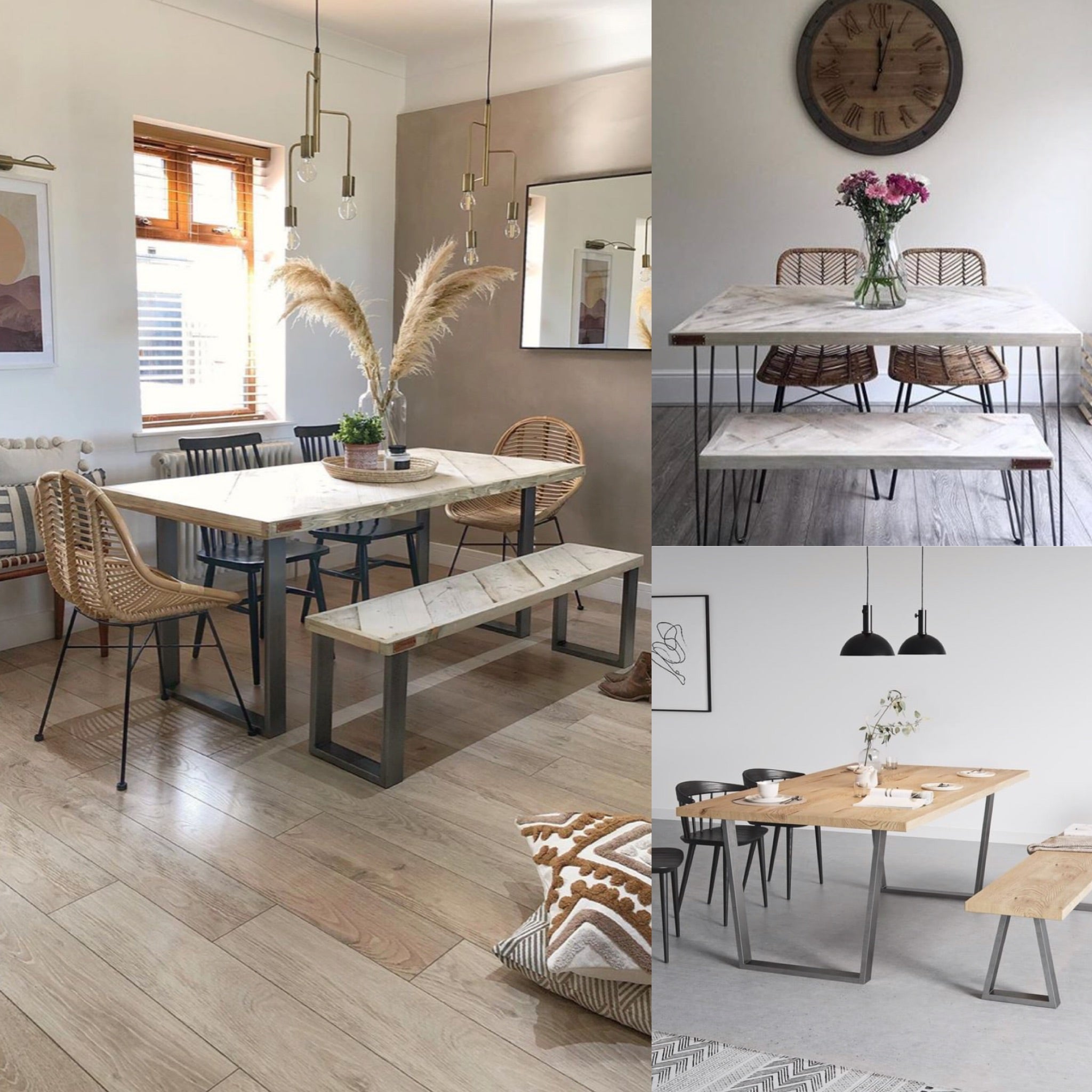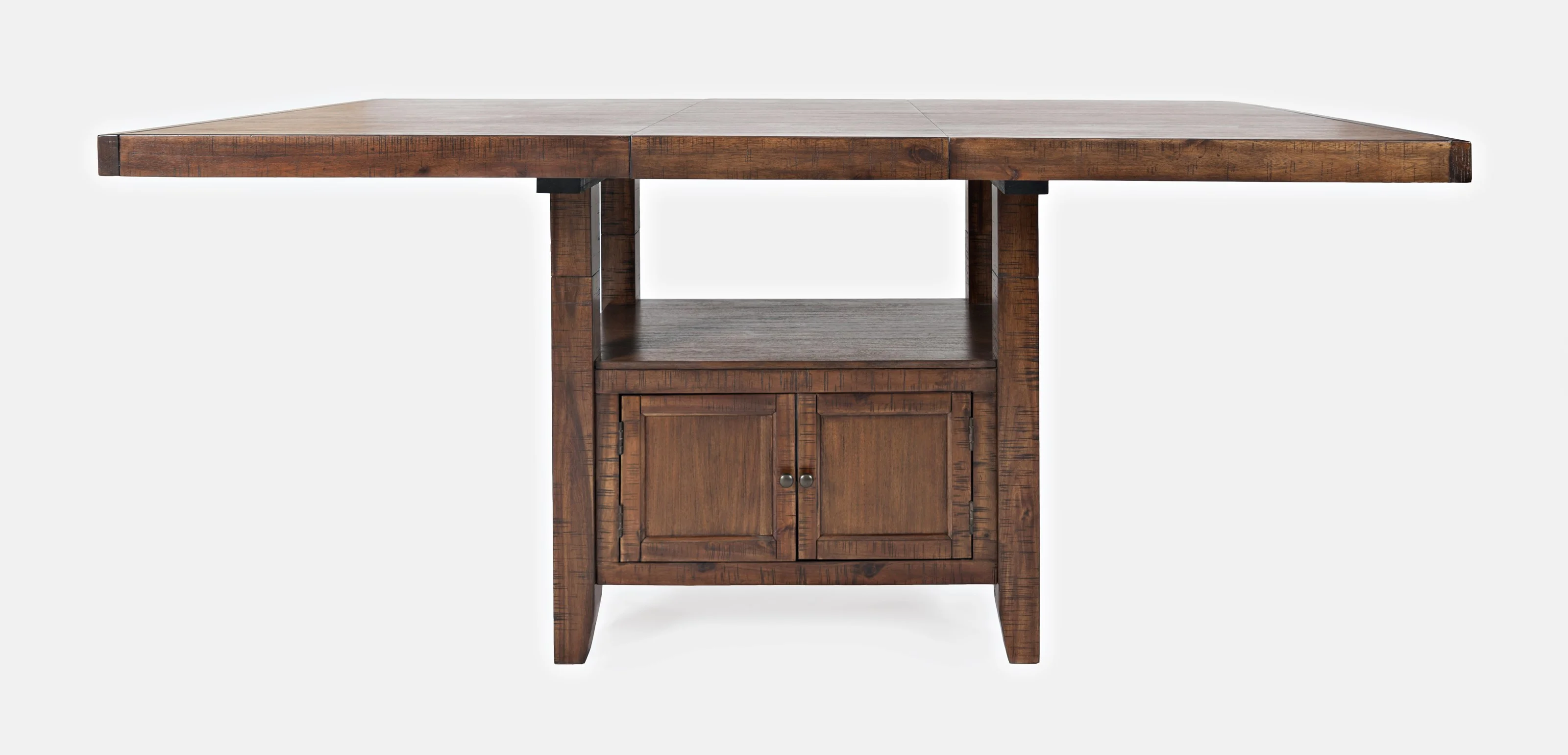Just How to Choose the Perfect Dining-room Table Legs for Your Home Décor
Picking the excellent eating space table legs is a nuanced process that needs careful consideration of various components, including your room restrictions, aesthetic preferences, and practical demands. The interaction in between dimensions, designs, and materials can significantly affect the atmosphere of your dining location, making it necessary to approach this decision methodically.
Assess Your Eating Area
Assessing your eating area is essential for selecting the right table legs that enhance both looks and performance. Begin by measuring the measurements of your dining location, including ceiling elevation, floor room, and distance to other furnishings. This information will certainly help establish the proper size and elevation of your table, which straight influences the selection of table legs.
Following, consider the style and format of your dining area. An open-concept layout may benefit from table legs that use aesthetic lightness, such as slender steel or acrylic alternatives. Conversely, a much more typical setting may require tough wooden legs that supply a sense of permanence.
Review the existing shade scheme and products in your eating location. Balancing the table legs with these aspects produces a natural appearance that improves the general design.
Ultimately, a complete analysis of your dining space will guide you in making an educated choice, making certain that your table legs not just improve the visual appeal yet additionally serve useful purposes.
Consider Your Design Preferences
When picking eating room table legs, it is important to reflect on your individual design preferences, as they considerably influence the total aesthetic of your dining room. Your option of table legs can either complement or comparison with existing decor, making it vital to align them with your recommended interior decoration style.
If your home leans in the direction of a modern visual, take into consideration smooth steel or minimal wooden legs that supply a clean, minimalist look. For a more typical technique, ornate wood legs with elaborate makings can add a touch of style and class. Industrial styles profit from durable, resources such as reclaimed wood and steel combinations, mirroring a tough beauty.
Furthermore, farmhouse and rustic designs typically prefer durable, beefy legs that evoke a feeling of heat and comfort. Alternatively, if your decoration is diverse, you could select unusual shapes or a mix of materials to develop visual rate of interest.

Evaluate Material Options
The option of product for eating space table legs plays a crucial role in both sturdiness and visual allure. Common materials include wood, metal, and composite choices, each offering unique attributes that can affect the total appearance and longevity of your table.
Timber is a classic choice, known for its warmth and flexibility. Hardwoods like oak and walnut offer outstanding toughness and can be ended up in numerous discolorations to match any kind of decoration. Nonetheless, softwoods like pine are more prone to scrapes and damages, making them much less suitable for high-traffic locations.
Steel legs, typically crafted from steel or aluminum, radiate modernity and industrial charm. They are resistant and highly sturdy to put on, making them appropriate for families with children or constant events (dining room table legs). Furthermore, metal can be finished in numerous shades, enhancing the customization opportunities
Composite products, such as MDF or laminate, offer affordability and varied styles. While usually less sturdy than solid wood or steel, they can still offer a trendy appearance and are usually simple to maintain.
Inevitably, the material you pick ought to align with your way of living, aesthetic choices, and the level of usage your dining table will certainly experience.
Determine Height and Dimension
Picking the suitable elevation and size for your eating room table is essential for both performance and comfort. The standard elevation for eating tables normally ranges from 28 to 30 inches, enabling ample legroom for a lot of people when seated. It is essential to consider the measurements of your eating space and the types of chairs you intend to use.

Additionally, think about the percentages of your eating area. A bigger table in a sizable location can develop a grand ambiance, while a smaller table works well in more intimate settings. Ultimately, the right height and size will harmonize with your overall decor and enhance the dining experience for you and your guests.
Explore Customization Possibilities

In addition, the style of the legs can be web link tailored to fit numerous designs, such as rustic, modern-day, or commercial. As an example, tapered legs can evoke a mid-century modern feeling, while chunky, block-style legs might reverberate with conventional or farmhouse decor.
Homeowners can additionally check out shade surfaces, from all-natural wood stains to repaint, allowing them to match or contrast with the table top and surrounding decoration.
Furthermore, leg elevation can be changed to suit particular seating arrangements or personal preferences, improving both convenience and capability.
Last but not least, unique decorations, such as carvings or ornamental braces, can even more individualize the table legs, making the dining experience not just a dish but a statement item in the home. By considering use this link these modification options, property owners can develop a dining space table that absolutely reflects their uniqueness.
Verdict
Selecting the suitable eating room table legs needs cautious factor to consider of various elements, consisting of the measurements of the eating space, style preferences, product longevity, and desired height. Personalization alternatives better enhance the ability to accomplish a cohesive aesthetic that matches the total style. By systematically assessing these aspects, house owners can make certain that the chosen table legs not only satisfy practical demands yet additionally add favorably to the eating experience and ambiance of the home.
Selecting the suitable eating room table legs is a nuanced process that needs cautious factor to consider of different aspects, including your area restrictions, aesthetic choices, and functional requirements.Evaluating your dining space is essential for selecting the right table legs that complement both looks and performance.When figuring out size, measure the area where the table will certainly be positioned to guarantee it fits easily, enabling for at least 36 inches of clearance around the table for easy movement. A larger table in a sizable location can produce a grand ambiance, while a smaller sized table functions well in more intimate settings.Picking the Continue suitable dining room table legs requires mindful consideration of various factors, consisting of the dimensions of the dining room, style choices, product sturdiness, and desired elevation.